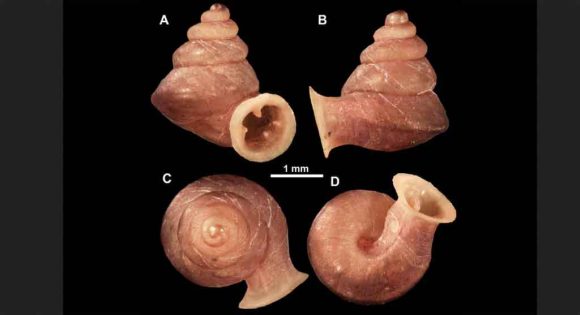
Spain, April 30. - A new species of snail measuring only five millimeters was found in Southeast Asia and due to its peculiar beauty and complexity of the shell, scientists associated it with a work of art, publishes the magazine ZooKeys.
In fact, due to its whimsical upside-down shell shape and its analogy with art, they named it after the Spanish painter Pablo Picasso (1881-1973).
An international group of malacologists (researchers who study mollusks) led by Serbian Vukašin Gojšina and his Hungarian supervisor, Barna Páll-Gergely, were exploring the diversity of snails in Southeast Asia when a species unknown to science caught their attention.
Unlike most other snails, the Anauchen Picasso has spirals at rectangular angles that, according to scientists, make it look like “a cubist interpretation of other snails with “normal” shell shapes.”
They are a beauty, describe the authors in their article. Although the shell size of these snails is less than five millimeters, their shells present extraordinary complexity, they detail.
They described that the shell opening is equipped with numerous tooth-like barriers, likely useful against predators. Furthermore, several of the new species have an opening that turns up or down, meaning some species carry their shells upside down.
These opening barriers and the orientation of the last whorl of the shell were among the main characters that helped researchers distinguish different snails.
The scientists explain that, although many of these new species were collected recently, several, unknown to science until now, were found in the collection of the Florida Museum of Natural History, collected throughout the 1980s.
It is likely (and in some cases, certain) that the sites where these snails were found have already been destroyed by deforestation and limestone quarrying, which are the main threats to local endemic land snails in Southeast Asia. (Text and Photo: Cubadebate)